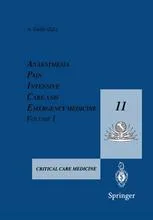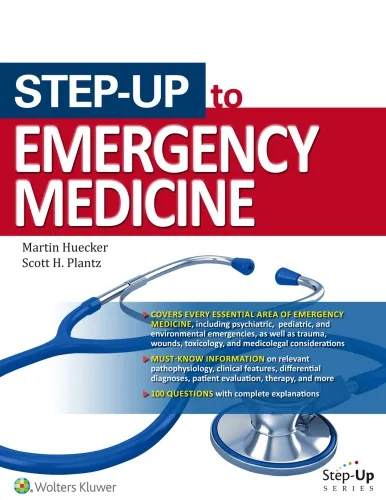Anaesthesia, Pain, Intensive Care and Emergency Medicine — A.P.I.C.E.: Proceedings of the 11th Postgraduate Course in Critical Care Medicine Trieste, Italy — November 11–16, 1996
4.4
Reviews from our users

You Can Ask your questions from this book's AI after Login
Each download or ask from book AI costs 2 points. To earn more free points, please visit the Points Guide Page and complete some valuable actions.Related Refrences:
At the APICE '96 research scientists and clinicians were provided with updated guidelines for the treatment of patients with acute and chronic critical conditions. This volume contains 100 chapters,in which the main pathophysiological concepts were reviewed, with special emphasis on the cardiovascular, respiratory, metabolic, and neurologic systems. Special reference is made to the pharmacologic and biotechnologic strategies currently being used to support those vital functions that are affected by severe and sometimes devastating diseases. The topics of infection, sepsis,and SIRS have been reviewed and updated in keeping with the most recent information available, and particular focus has been directed to ethics.
Free Direct Download
You Can Download this book after Login
Accessing books through legal platforms and public libraries not only supports the rights of authors and publishers but also contributes to the sustainability of reading culture. Before downloading, please take a moment to consider these options.
Find this book on other platforms:
WorldCat helps you find books in libraries worldwide.
See ratings, reviews, and discussions on Goodreads.
Find and buy rare or used books on AbeBooks.
1110
بازدید4.4
امتیاز50
نظر98%
رضایتReviews:
4.4
Based on 0 users review
"کیفیت چاپ عالی بود، خیلی راضیام"
⭐⭐⭐⭐⭐



